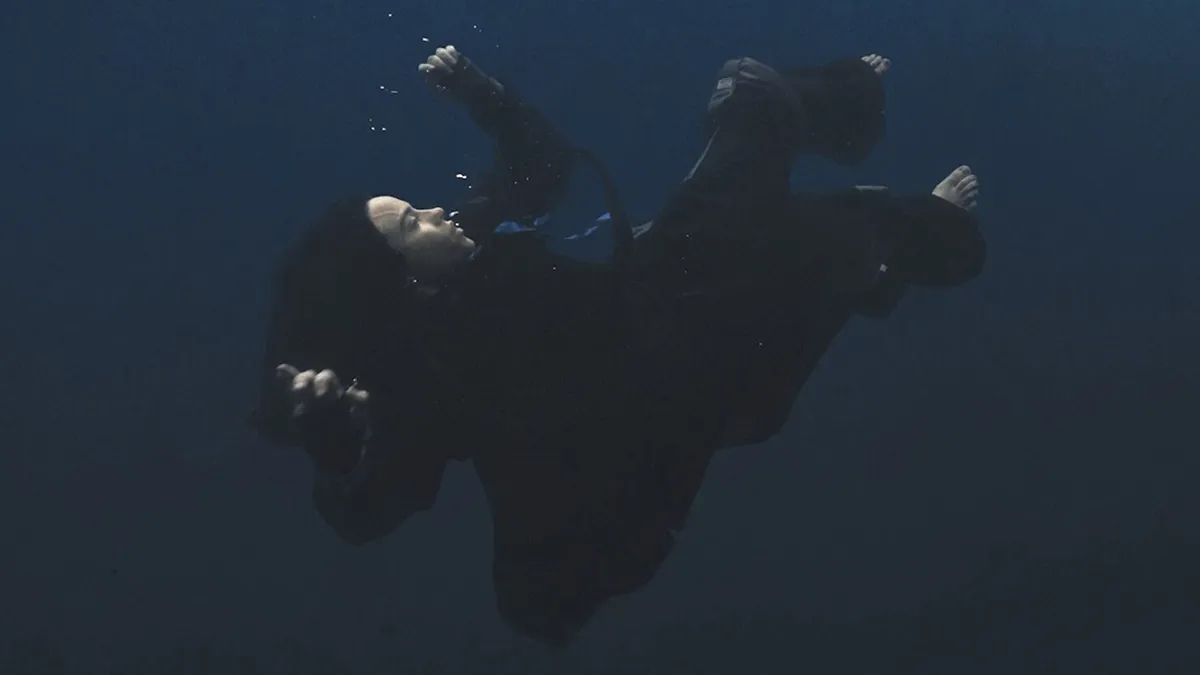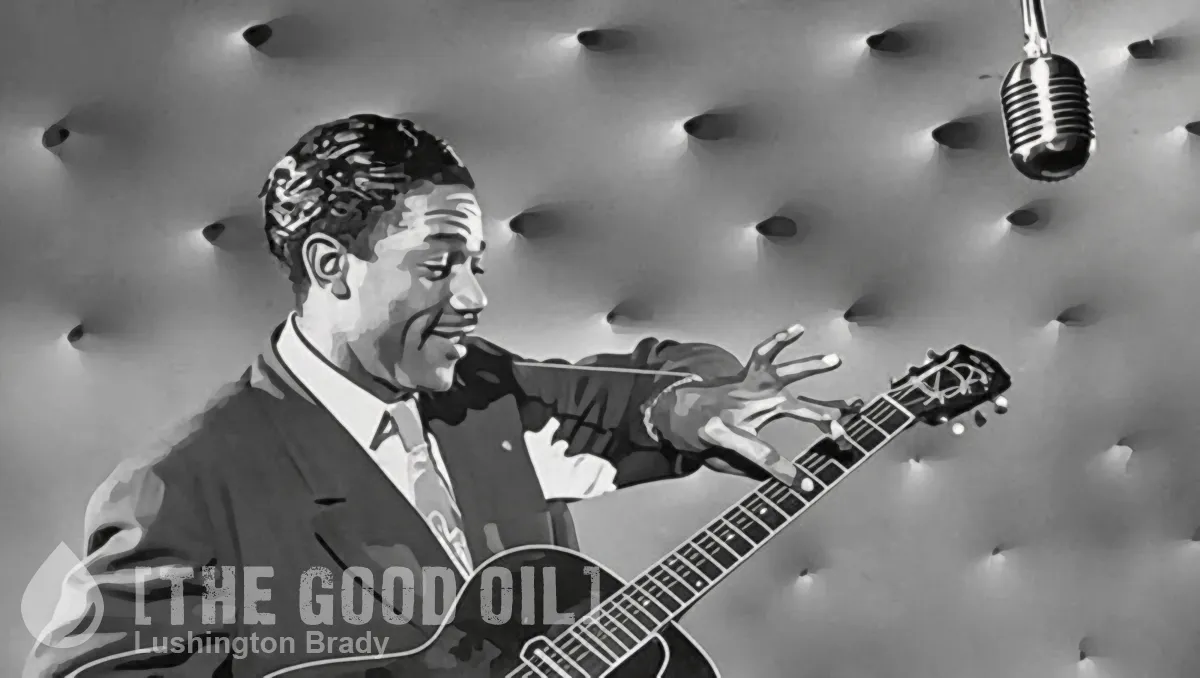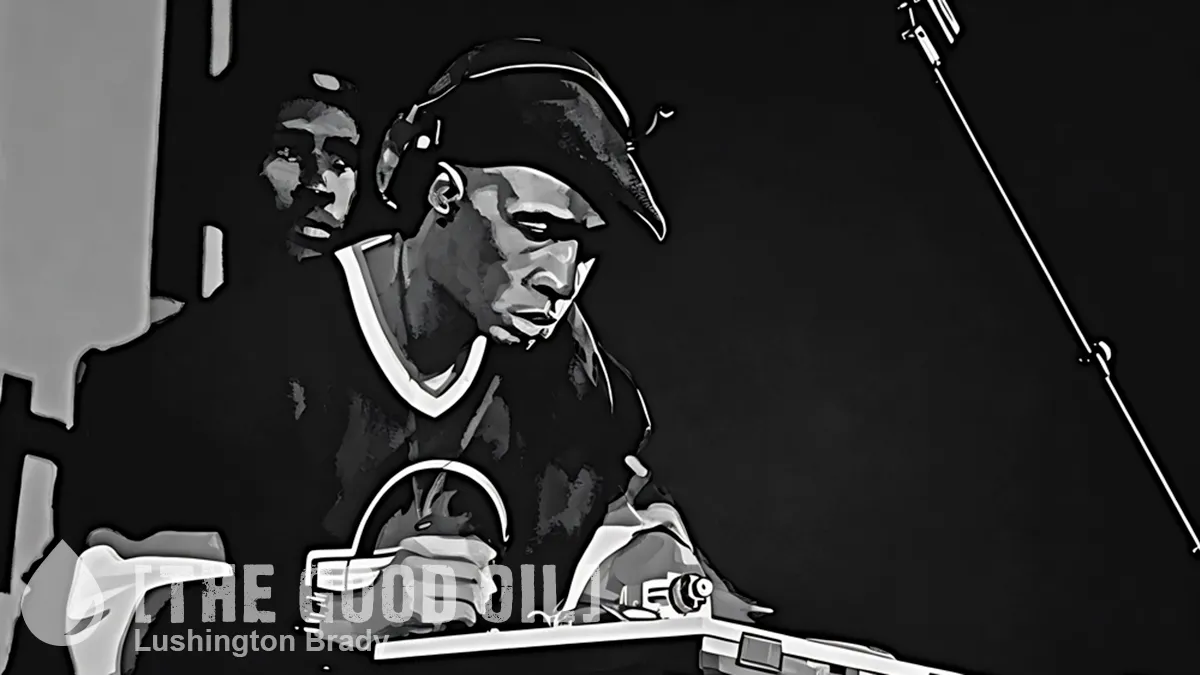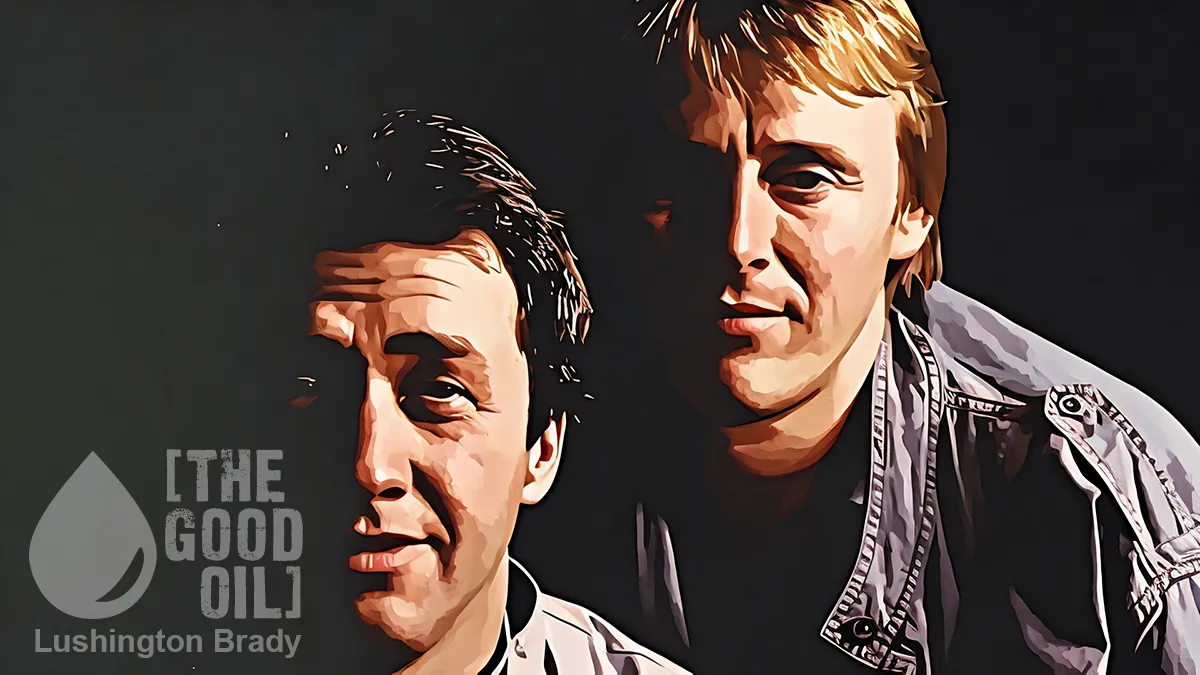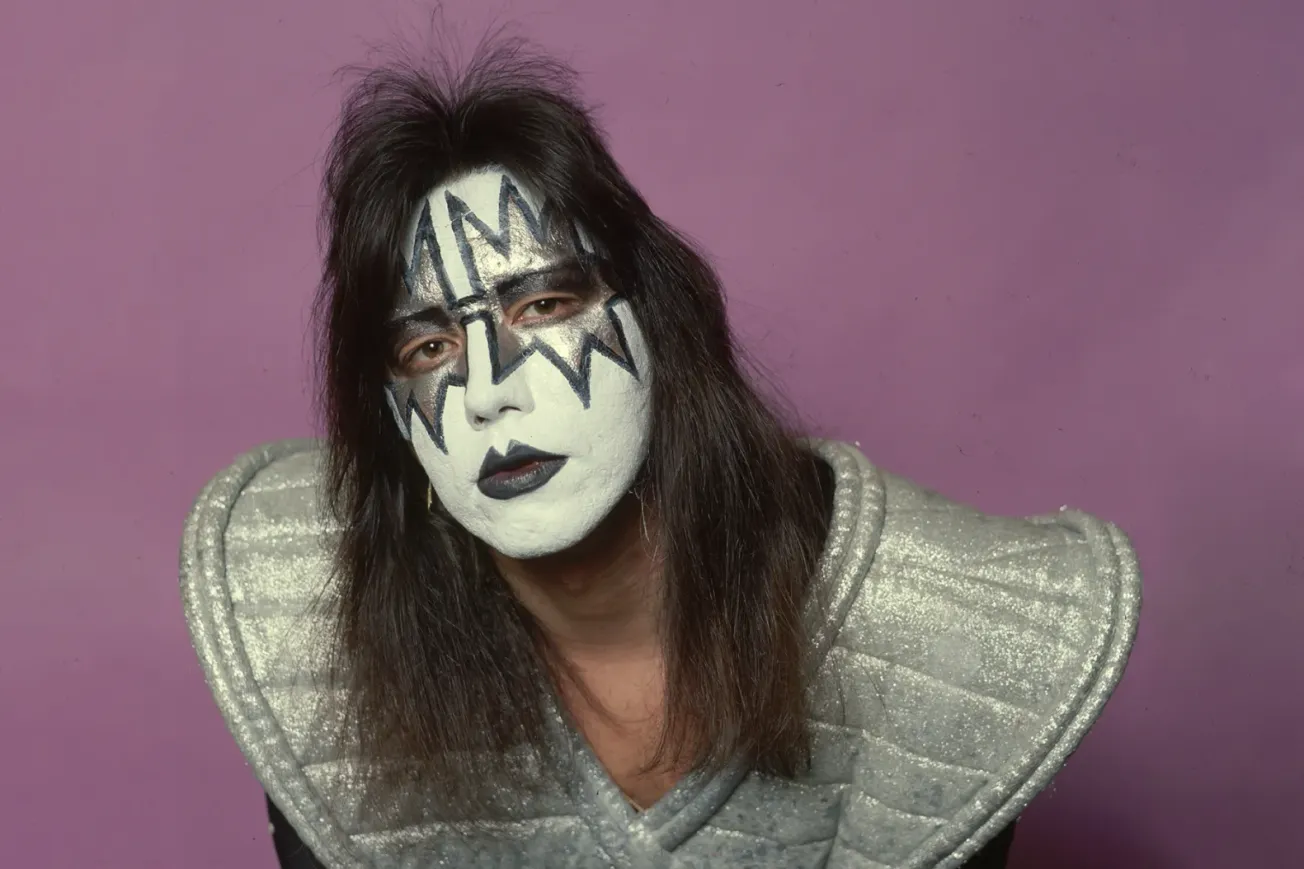If you recall my review of When We All Fall Asleep, Where Do We Go?, I’m not exactly the world’s biggest Billie Eilish fan. As I wrote at the time, it was fairly standard, slick, but oddly murky studio wizardry, propping up a performer distinguished only by her pseudo-“edgy” mediocrity… about as convincing as Jan Brady trying to be Yolandi Visser.
Still, I did find one positive in it: its inoffensive attempt at “edginess” is its sole virtue. Like Taylor Swift or Ed Sheeran, if I had a daughter in the age group Eilish is pitched at, I’d much rather she listen to that than something truly gross like Cardi B. It’s teenage angst at its safest, I said. Which isn’t altogether a bad thing.
But there’s another kind word I can throw Billie’s way, now: she’s a big part of a recent push to reclaim the album, qua album.
When the Spotify app told me Billie Eilish’s new album had landed, the announcement was surprisingly dictatorial: “Stream HIT ME HARD AND SOFT front-to-back now.” It wasn’t just the imperative that took me aback. It was the insistence that I listen to the whole thing as, well, an album.
This is kind of counter to the whole promise of streaming, one of the benefits of which is that it turns all music into a pick ’n’ mix from which you can pluck only the tastiest morsels. Freed from the physical constraints of CD, tape or vinyl, you can skip at will: no more hovering over the skip button, clicking between fast forward and rewind, or delicately trying to drop the needle in the right groove.
Back in the day, Simon Holmes of The Hummingbirds said that the seven-inch single was the perfect medium for rock’n’roll. At the time, he was right: putting out records was expensive, especially for indie bands who might only be able to afford to cut one single. With that kind of investment on the line, you were generally sure that whatever a band put out on a single was the best they had to offer.
That went for albums, too.
That all changed in the era of CD. It was suddenly very cheap to put out recorded music. So, those one or two decent songs got padded out with a whole lot of filler. Or worse, the execrable “remixes”.
Streaming at least meant that listeners could cut out the filler.
But the death of the album wasn’t quite the triumph of pure bliss I’d hoped for when I made the switch to streaming. Turns out there’s a limit to how much pick ’n’ mix I can eat in one go before I’m glutted on sugary choruses. I started to miss the commitment that listening to an album took.
Rick Beato has talked about the commitment albums demanded from a listener. If he wanted Led Zeppelin II, he had to save up his allowance and get to the music store. Then he and his friends could devour it in full: listen to it, end to end, while poring over the liner notes.
Yes, sometimes you were left to fume your way through fluff, but often a record would reward attention with an unfolding, the less obvious tracks hooking their way in with repeated plays. Tracklisting itself was an art, and sometimes the gaps between songs with their promise of what’s next could be nearly as thrilling as the sound itself.
The shift to consuming songs as atomised units was depressing for artists too. Cynically, there’s the financial hit sustained when you only get paid for a handful of songs with heavy rotation. But it also forced acts into delivering the narrowest refinement of what audiences expected: why bother with musical experiments or playful pacing when only the most obvious stuff pays the bills? The filler could become even more filler-y.
But digital music also freed artists from the physical constraint of vinyl. The temptation to bloat is obvious. Just look at Taylor Swift’s latest: 31 songs and two hours long. At least when Sore Throat crammed 100 songs onto Unhindered by Talent, they were hindered by the constraint of physical media: the entire album still only runs for 32 minutes.
The Billie album is a different proposition. Ten songs, just under 45 minutes – the perfect album length, and coincidentally the amount of music that fits comfortably onto a 12 inch. You can still dip in and choose favourites if you want to (“Lunch”, a slinky celebration of a girlcrush, is the album’s standout, with twice as many plays on Spotify as some of the other songs), but every track here has been given its place with careful thought […]
On its own, “Blue” is nice – but the relationship with “Bittersuite” is what turns it into storytelling. The penultimate song is about the fractured experience of a breakup; the finale is a melancholic acceptance of the pain that comes of loss.
The Critic
A summary listening of Hit Me Hard and Soft doesn’t suggest I’ll like it any more than anything else of Billie Eilish’s that I’ve heard. Maybe it would grow on me, but I thought the same of When We All Fall Asleep… and it didn’t.
But full kudos for a contemporary pop star for trying to breathe life back into the album format.

